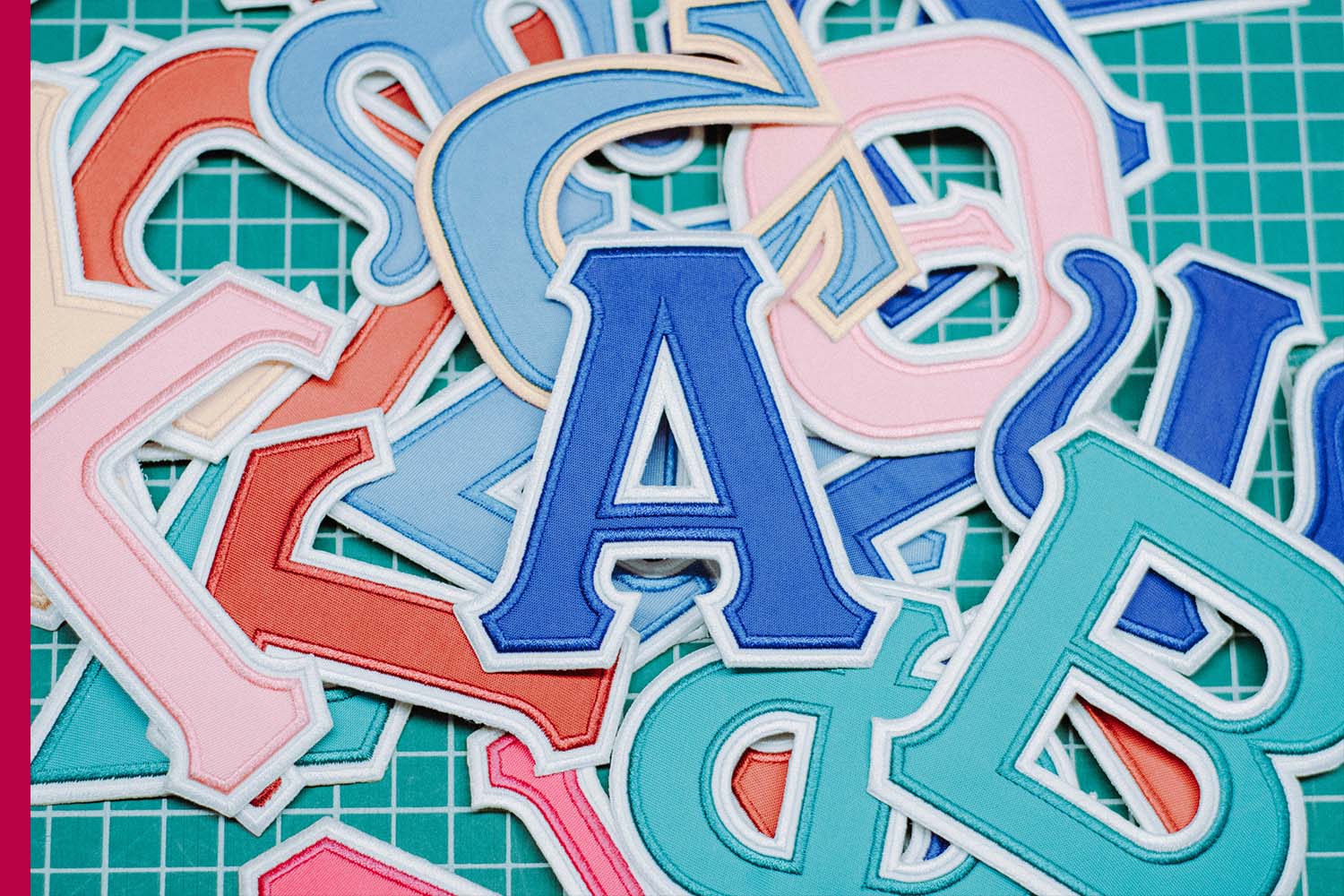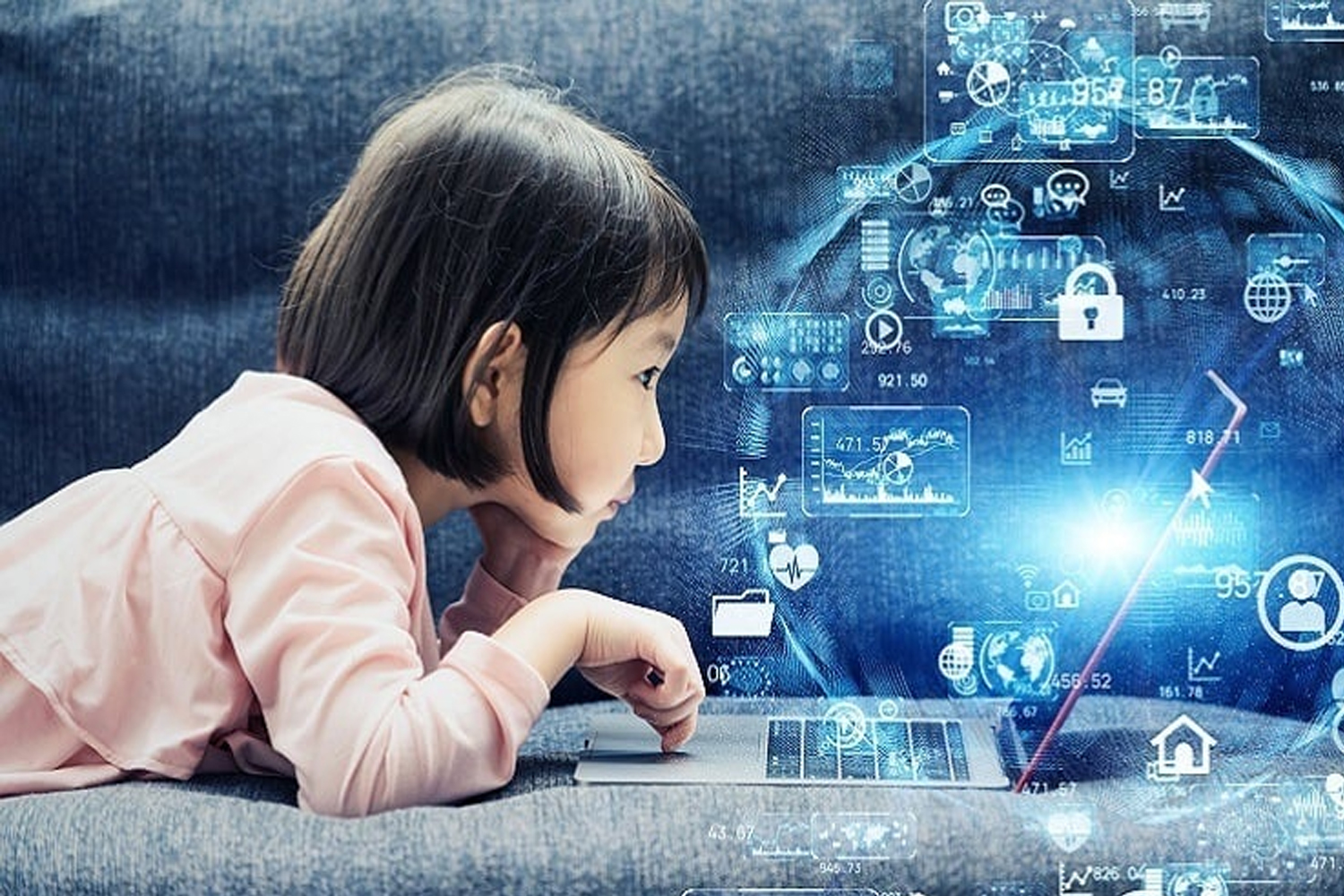Education has always been about human interaction teachers guiding students, fostering curiosity, and shaping minds. But the digital revolution is transforming classrooms, and at the forefront is artificial intelligence (AI). Once a futuristic concept, AI is now an active part of education, reshaping how students learn, and teachers teach, and institutions operate. From AI tutors to automated grading and personalized learning, AI is making education more efficient, inclusive, and tailored to individual needs.
Understanding AI in the Classroom
AI refers to computer systems capable of performing tasks that normally require human intelligence, such as learning, reasoning, problem-solving, and decision-making. In education, AI technologies analyse data about students’ learning patterns, performance, and behaviour to provide insights and solutions that enhance teaching and learning experiences. The classroom of 2025 is not just about digital whiteboards and online lessons it’s about intelligent systems that adapt to each student, assist teachers, and make learning more interactive.
AI Tutors: Personalized Learning for Every Student
One of the most transformative applications of AI in education is AI tutors. These are virtual teaching assistants capable of guiding students through lessons, answering questions, and providing instant feedback.
How AI Tutors Work
AI tutors track a student’s progress, strengths, and weaknesses. They adjust the difficulty of lessons in real-time to match learning speed. Through natural language processing (NLP), AI tutors can converse with students, clarifying doubts as a human tutor would. They can recommend additional resources, exercises, or multimedia content based on a student’s learning style.
Benefits of AI Tutors Accessibility: Students in remote or under-resourced areas can access quality tutoring. Individual Attention: Unlike traditional classrooms where teachers may be stretched thin, AI tutors provide one-on-one support. Confidence Building: Immediate feedback helps students identify mistakes and learn from them without fear of judgment. Example: Platforms like Squirrel AI and Carnegie Learning use AI to provide adaptive tutoring, delivering lessons tailored to each learner’s pace and understanding.
AI Grading: Efficiency and Fairness Grading has long been one of the most time-consuming tasks for educators. AI can significantly reduce this burden through automated assessment systems.
How AI Grading Works
AI algorithms evaluate multiple-choice tests, essays, and even open-ended questions. Machine learning models can identify patterns in student responses to provide accurate scoring. AI can also provide qualitative feedback, highlighting areas of improvement beyond simple scores.
Advantages of AI Grading
Time Savings: Teachers can focus on teaching rather than manual grading. Consistency: AI provides objective grading, reducing human bias or errors.
Scalability: Large classes and online courses with thousands of students can be graded efficiently. Some platforms, such as Grade scope and Turnitin, already incorporate AI-based grading, making assessments faster and more transparent.
Personalized Learning: Tailoring Education to Each Student
Perhaps the most exciting aspect of AI in classrooms is personalized learning. Traditional teaching often follows a “one-size-fits-all” model, which may leave some students behind while others remain unchallenged. AI changes this dynamic by creating customized learning paths.
How Personalized Learning Works
AI analyses a student’s strengths, weaknesses, learning style, and pace. It recommends targeted exercises, tutorials, and quizzes to reinforce knowledge gaps. Adaptive learning platforms continuously adjust content, ensuring students remain engaged and challenged.
Benefits of Personalized Learning Improved Outcomes: Students receive the right level of challenge, leading to better understanding and retention.
Motivation and Engagement: Learning becomes more relevant and interactive. Support for Diverse Learners: AI helps accommodate students with learning disabilities, language barriers, or different educational backgrounds. Example: Platforms like Dream Box Learning for math and Knew ton for various subjects use AI to adapt content in real-time, boosting student engagement and performance.
Challenges and Considerations
While AI in classrooms offers immense potential, there are challenges to consider:
Data Privacy: AI systems require large amounts of student data, raising concerns about security and privacy. Equity: Schools with limited resources may struggle to implement AI tools, creating a digital divide. Teacher Roles: AI should enhance, not replace, human teachers. Effective integration requires training and professional development. Bias in AI: Algorithms trained on biased data may unintentionally favour certain groups of students. To maximize benefits, schools must adopt AI responsibly, ensuring ethical standards, transparency, and inclusivity.
The Future of AI in Education
AI is not a replacement for teachers it is a tool that empowers educators and students alike. The classroom of the future will likely combine: AI tutors offering personalized guidance Intelligent grading systems saving time and providing deeper insights Adaptive learning platforms that respond to each student’s needs Beyond K–12 education, AI is also reshaping higher education, online learning, and corporate training, making learning more accessible, efficient, and personalized than ever before.
Conclusion
Artificial intelligence is revolutionizing education by providing smarter, more personalized, and efficient learning experiences. AI tutors, automated grading systems, and adaptive learning platforms are transforming classrooms into spaces where each student can thrive at their own pace. While challenges like data privacy and equity remain, the thoughtful integration of AI promises a future where education is more inclusive, engaging, and effective. As we embrace AI in classrooms, it is clear that the teacher’s role will evolve from simply delivering content to guiding, mentoring, and inspiring students in ways that machines alone cannot replicate. The synergy of human educators and AI tools has the potential to create a truly transformative learning environment.








